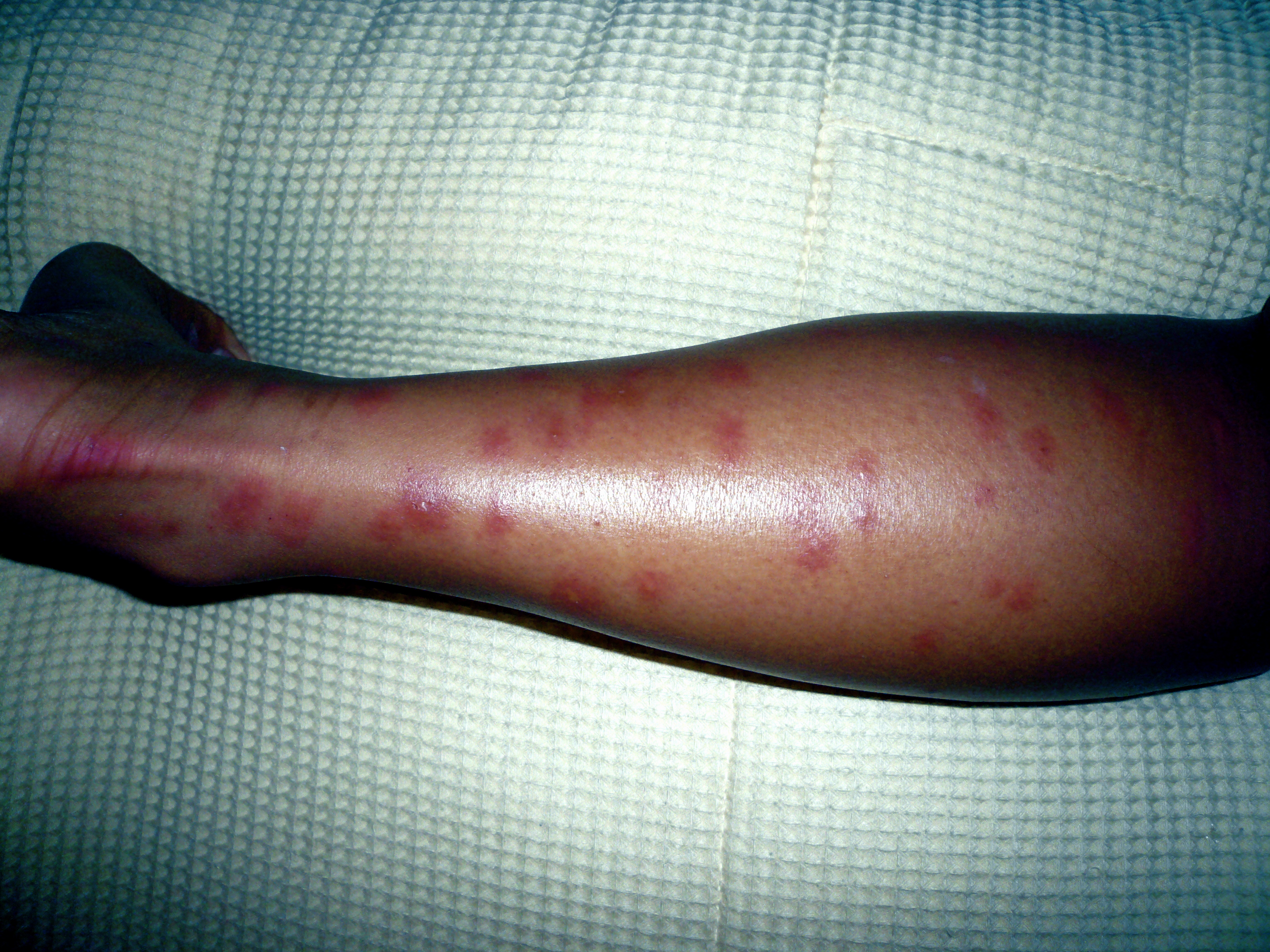Obsession with body image across various ages has sparked a sharp retort from physicians and parents alike, who claim that individuals should embrace their figures while maintaining a healthy lifestyle. This backlash from the scientific community has contributed to widespread public criticism of institutions and programs that correlate the notion of “skinny” with the ideal form.
Despite these criticisms, there exists a fine line between an excessive emphasis on appearance versus an individual’s self-esteem, especially when evaluating stigmas associated with skin conditions. Most individuals have had at least one skin condition during their lifetime, whether it be teenage acne or adult rosacea. However, while these conditions receive greater public attention, few are aware of the various rare skin diseases that affect the general public.
Pityriasis lichenoides is one such condition that, despite afflicting only 0.05% of the population annually, can lead to greater self-consciousness and affect an individual’s mental health. The disease can be further subdivided into three different subtypes that range from surface-level maladies to ones that are potentially fatal. Pityriasis lichenoides et varioliformis acuta, or PLEVA for short, manifests in a number of small red dots forming across the body. These dots may expand in size over time but will eventually open up, forming lesions and finally scabbing and scarring. Pityriasis lichenoides chronica is a less severe version of PLEVA in which long-term scarring is less common.
Image Source: Jekaterina Nikitina
Febrile ulceronecrotic Mucha-Habermann disease (FUMHD) is the most intense and potentially life-threatening version of Pityriasis lichenoides. Along with the onset of red dots and lesions, FUMHD involves skin necrosis as well as fever, joint pain, and respiratory issues. If diagnosed with FUMHD, the patient requires immediate medical attention as roughly one in four people with the condition die from the disease.
To date, there is no known cause for the onset of these skin conditions. Dermatologists have correlated Pityriasis lichenoides with a magnified immune response due to pathogens such as HIV or Epstein-Barr Virus. Specifically, studies have found that individuals with the skin disease have a higher number of cytotoxic T-cells, which cluster in the skin. Although this data supports the hypothesis of the cause being a pathogen-induced reaction, physicians still need to conduct more research into the origins of Pityriasis lichenoides. Current treatment options for Pityriasis lichenoides involve phototherapy (a form of light treatment), steroids, antibiotics, or other remedies that target the overactive immune system.
Although two subsets of Pityriasis lichenoides are not considered fatal, this fact does not undermine the long-term effects caused by scarring or the difficulties associated with certain treatment options. While there is a need today to reduce the obsession with cosmetics and appearance, credence still needs to be given to individuals with dermatological conditions that affect their self-perception and well-being.
Featured Image Source: Disease by Wei Tchou










